Spelt, Triticum spelta, is a kind of ancient wheat, which is also called Dink. Spelt was known from ancient times and is referred to as "grain of the Pharaohs." The most valuable artifacts associated with spelt are from Europe. In the South Caucasus, there are remnants of spelt, dating from the fifth millennium BC. In the period 2500-1700 BC, spelt is widespread throughout central Europe.
During the Iron Age, spelt is the main type of wheat in Switzerland and northern Germany, and in the northern parts of the British Peninsula. Spelt was brought to America at the end of the 19th century.
In the 20th century, spelt was replaced by a conventional corn because its yields can be increased by genetic modification and fertilization, unlike spelt, which is not amenable to such treatments. Namely, the fact is that for the cultivation of spelt are not needed fertilizers or any supplements, making spelt a very pure product which the body absorbs easily.
Spelt is not a capricious culture and can be grown in all conditions. It has a prickly shell, for which animals avoid it. Therefore sown with spelt fields remain safe from wild pigs and all forest dwellers.
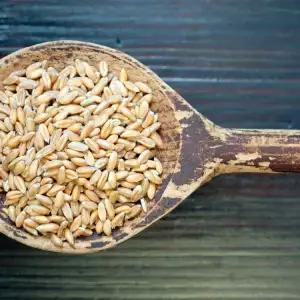
Growing spelt
Spelt is displaced as the primary by of the wheat, from which the yield is relatively larger. The processing of spelt should be done more intensively over time and is more expensive, because the grain is firmly accreted with his hard scales. It is in this, however, that lies its main advantage - it is more sustainable. Spelt is more modest, more durable, rarely ill and can survive a mild winter.
Spelt grows wonderfully on poor and stony soils, survives in a harsh climate. Depending on the intended use, spelt is harvested when it reaches maturity, or after full ripening. In the mill, you should do another procedure - peeling. The hulled grains are released from mechanical scales. Then, the mixture of grains and flakes are subjected to a purification process. Only then can you grind the grain for flour.
Composition of Spelt
Spelt contains a large amount of nutrients - 17% protein, 3% fat, about 9% fibre, 58% carbohydrates, vitamins and mineral salts. This culture is rich in vitamins A, E, B1 and B2, and niacin. The content of iron, magnesium, phosphorus and calcium is higher in comparison with other types of wheats. Spelt contains a balanced amount of gluten.
Selecting and storing spelt
Spelt can be purchased in a number of organic and specialty shops in the form of flour, beans, macaroni, noodles and other food products. Keep it in a cool and dry place.
Spelt in cooking
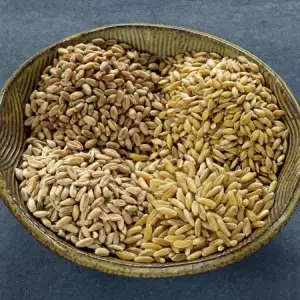
With spelt, you can prepare incredible cakes and bread. Spelt has a lot better baking properties of wheat. Connoisseurs do appreciate the specific flavor of spelt. Spelt bread is like toasted cheese on a grill. Boiled spelt does replace potatoes and rice in main dishes.
Spelt flour is easier to digest, so many people prefer it. The market has spelt noodles without egg - very suitable for people with allergies. Pasta is digested very easily and has a delicate taste, while being superior to wheat pasta. From spelt can be prepared spaghetti, noodles strips, rigatoni, spiral macaroni.
It may sound strange, but spelt is made into and decaffeinated coffee. Pastor Kneipp, famous for his alternative treatments once used spelt as a substitute for coffee. For this purpose, it first toasted and then boiled. Other products made from spelt are granola, pretzels, chips and a variety of dessert bars.
Benefits of Spelt
Spelt combines many advantages. Contained therein niacin is necessary for the functioning of nerves, for a normal metabolism and good for your skin. Grain spelt is characterized by rich in trace elements and revitalizing substances and has a high concentration of solar energy.
Spelt has a balanced content of gluten, which makes it suitable for consumption even by people with allergies. It is believed that spelt increases the natural resilience of the body and contributes to the purification of poisons, because it activates renal activity.
Spelt flakes are used for filling mattresses and pillows. Their use is like an analgesic, they remove pains in the joints and muscles. Filling the with it cushions allows good air circulation, which is why they can not collect mites. Mattresses with it are soft and comfortable, they follow the body’s shape.
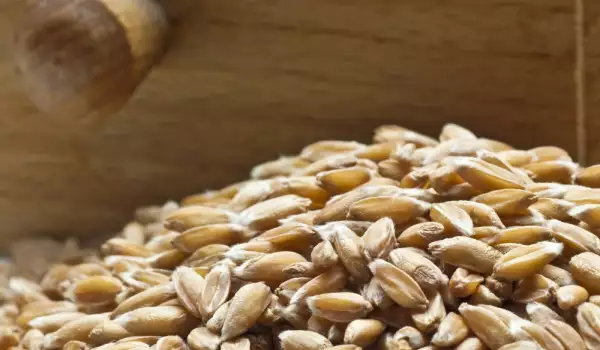
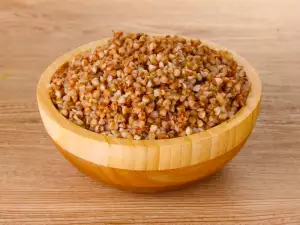
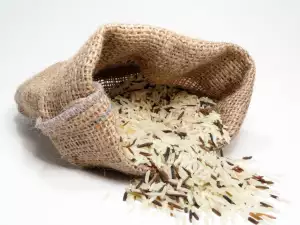
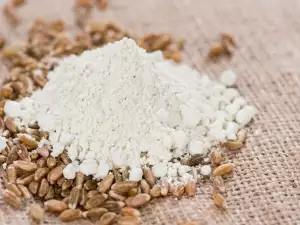
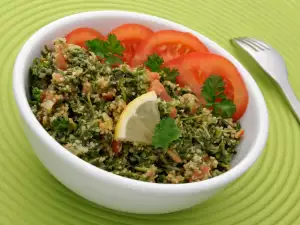
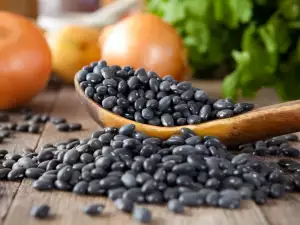

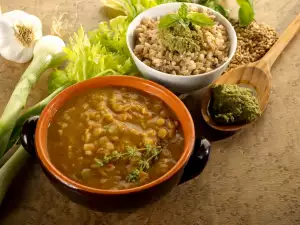
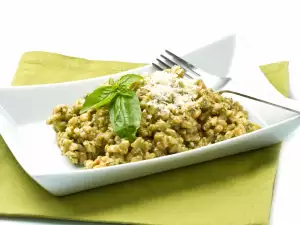
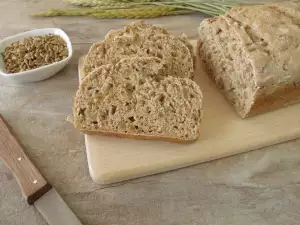
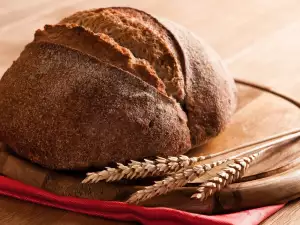
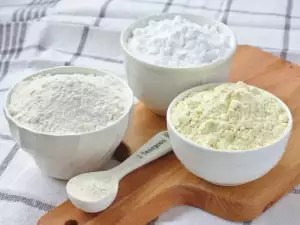
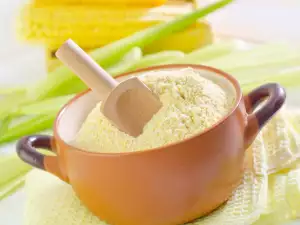
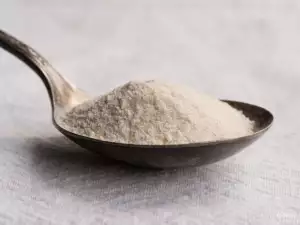
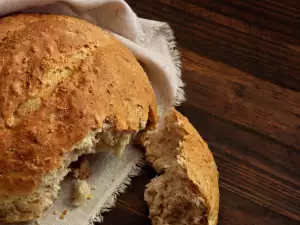




Comments